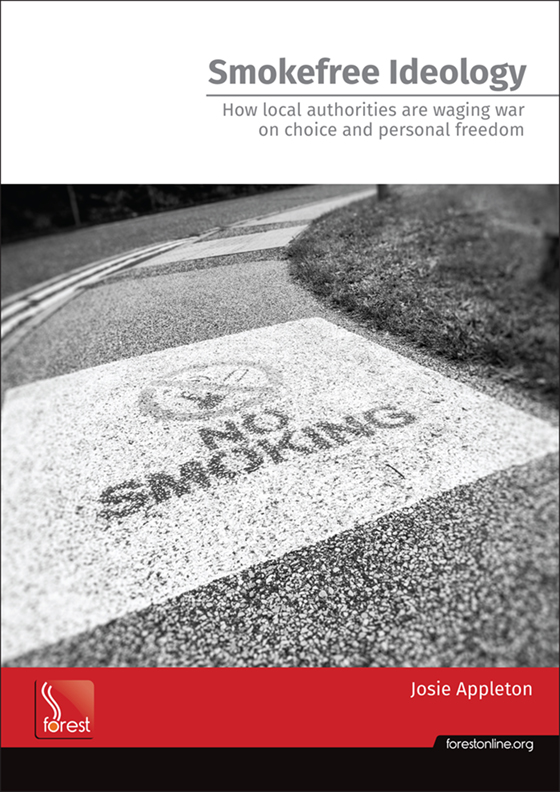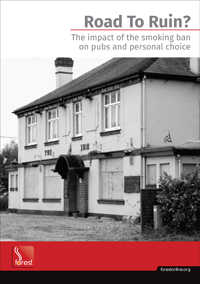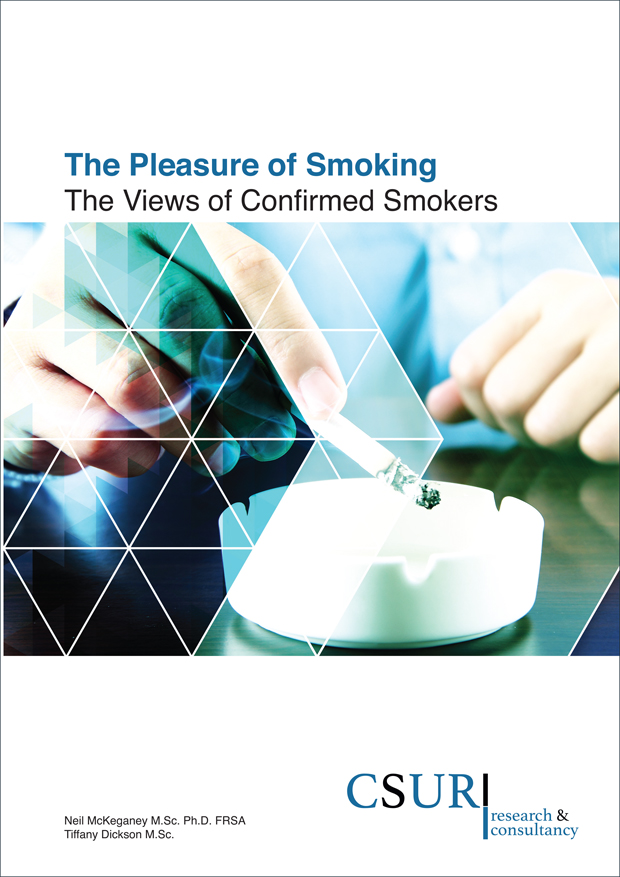Driven to distraction
 Saturday, July 9, 2022 at 10:15
Saturday, July 9, 2022 at 10:15 I’ve always enjoyed driving.
Trains are generally quicker but they don’t take you to your exact destination and a car gives you far greater independence because you’re not tied to a timetable or a rail network that is very limited if you want to get off the beaten track.
I passed my driving test in 1977 when I was at university. I didn’t have a car and didn’t know any student who did, but having a driving licence was useful when I went home because I could borrow my mother’s car, a very sporty Triumph Vitesse.
In 1978 my parents moved from Scotland to Cumbria and I embarked on my first long distance drive. Well, I thought it was long distance.
It was actually from Kendal to Glasgow where Dundee United were playing Rangers in a Scottish Cup semi-final.
Today the 142 mile journey would take 2.5 to three hours via the M6, A74 and M74 but in those days you could add an hour at least to that and probably two because the old A74 from Carlisle to Glasgow was much slower.
In fact, before it was upgraded in the Eighties drivers had to meander through small towns like Lockerbie which became infamous in 1987 when a Pan Am plane exploded over the area after a bomb went off on board.
I remember that night very well. I had spent the evening having dinner with a friend in Cricklewood in London and when the news came through we couldn’t believe it.
Having driven through Lockerbie many times I felt I knew the place quite well but my friend’s reaction was prompted not by that but by a genuine fear of flying, which wasn’t helped by the news that a regular passenger plane had been deliberately blown up in mid air.
Earlier that year, when we flew to Frankfurt for a wedding, she drank an entire bottle of Malibu to overcome her pre-flight nerves. I doubt she would be allowed on board in her fairly drunken state today, but it got the job done!
But I digress.
In the Nineties I was always driving between London and Scotland and even today I do a lot of motorway driving and I’ve always believed that speed limits should reflect the road conditions and the weather.
I’m not advocating dangerous or reckless driving but I’ve never understood why, on a deserted motorway at 2.00am in good conditions, you shouldn’t be allowed to drive significantly faster than the current national speed limit.
That was set, let’s not forget, in the 1960s when very few family cars did more than 70mph anyway.
The problem is that despite having safer (three or even four-lane) motorways and more reliable cars (with better brakes and tyres), our national speed limits don’t reflect that.
We have overhead gantries that instruct us to slow down because of congestion or obstacles on the road, but why can’t those same gantries advise us that it’s safe to drive at 80, 90 or even 100mph at certain times of the day or night when visibility is good and there are relatively few vehicles on the road?
An acquaintance of mine, an IT salesman, used to spend long hours on the road. On one occasion he was stopped and prosecuted for driving in excess of 100mph on the M6 in Cumbria in the early hours of the morning when there was nothing on the road apart from him and an unmarked police car!
I think he escaped with a six-point penalty and a fine which could have been worse because, had he lost his licence, he may have lost his job as well, a fate wholly disproportionate to the offence.
Anyway, speed restrictions seem to go only one way, which brings me to the horror that is driving in London today.
All over London, and central London in particular, the roads are painted with the number ‘20’ in a white circle to indicate that the speed limit is 20mph.
That’s fine if you’re in a line of slow moving traffic but when the road opens up ahead of you (along the Embankment, for example) the natural inclination is to press the accelerator and within seconds you might be doing, oh, I don’t know, some crazy speed like 30mph.
Today, as someone who drives in London once or twice a month, I am forever getting caught out by the ‘new’ 20mph limits because I’m not used to them.
So far I have avoided, more by luck, anything more than a fixed penalty notice and fine for entering and getting stuck in one of those box junctions with criss-cross yellow markings.
The ‘offence’ took place in Hammersmith earlier this year but I was unaware of having done anything wrong until the FPN arrived. There was photographic ‘evidence’ so I didn’t challenge it but I certainly wasn’t conscious of it at the time.
More recently (last week) I was sure I got flashed by a camera as I crossed a junction just as the traffic lights turned amber and then red.
I was probably doing no more than 20mph but I couldn’t slam on the brakes in case there was someone behind me so I accelerated slightly to make sure I got across the junction as quickly as possible.
That was when I saw a camera on the other side of the road flash three times but it could have been targeting cars that were going in the opposite direction.
So far I’ve not received the dreaded brown (?) envelope and I’d be pretty hacked off if I did because I genuinely don’t think I did anything wrong.
(On the same day I saw another driver deliberately ignore a temporary traffic light and brazenly drive past the line of stationary cars that were waiting for the light to change from red to green. I bet he doesn’t get prosecuted.)
My point however is this. Driving in Britain in 2022 is no longer fun because accompanying every journey is the concern that you may have inadvertently committed some minor transgression that will result in a fine or, worse, three points on your licence leading to higher and possibly exorbitant insurance costs.
Journeys rarely start that way but all it takes is the sight of a speed detection vehicle or a lone copper on a bridge holding a speed gun (M11 last week) and that’s when the paranoia kicks in.
In London the threat feels even worse.
It was never like this in the Eighties or Nineties and although I’m not a conspiracy theorist it feels like a deliberate ploy to discourage people from driving in London.
As for the cyclists and pedestrians, don’t get me started.
The roads in London today are unrecognisable from the city I knew in the Eighties when hardly anyone cycled to work. (Most of us got the bus or walked.)
At rush-hour the roads are now swarming with cyclists. Sometimes (near Blackfriars Bridge for example) it’s like the Tour de France has hit town such is the speed they’re going.
Wherever you look there’s a pack of cyclists, many of them swerving in and out of traffic.
Some are either oblivious to the rules of the road or they seem to think the onus is exclusively on the driver of a car, bus or lorry to avoid any accidents.
Frankly I don’t care if cyclists go through red lights if the road is clear. That’s one of the perks of riding a bike.
What does bother me is when cyclists undertake or don’t slow down for moving vehicles that may obstruct their path.
A couple of years ago I had a small disagreement about this with Jeremy Vine on Twitter and he blocked me!
That said a lot about the attitude of some cyclists and their refusal to accept even the mildest suggestion that the driver might not be wholly to blame.
Recently there was another spat on Twitter when a video was posted showing a close encounter between a Waitrose delivery lorry that was in one lane and a cyclist who was in another.
It was clear from the video that the lorry driver had never left his lane and had done nothing wrong but despite that (and the fact that no-one got hurt) there was the usual blame game.
Waitrose, I'm pleased to say, stood by their man and after examining the evidence exonerated him of any fault.
I'm sure there are many cyclists who are more sinned against than sinning (this week I was in a black cab that came perilously close to a cyclist who took umbrage and shouted at the driver) but the Waitrose lorry incident highlighted the worst side of the more extreme cycling fraternity.
I’m not sure too why cyclists should be allowed to ride their bikes on the pavement, but that’s another story which I addressed in 2016 (Today’s cyclists are a real test of my liberal instincts).
Drivers in London (and Cambridge, where Forest has an office) also face another hazard - e-scooters - that appear from nowhere when you’re least expecting it.
The other day an e-scooter undertook me at speed before swerving inches in front of my car before crossing to the lane on my right. Moron.
Again I’m not against e-scooters but I get the same sense of entitlement from some of their riders as I do from many lycra-clad cyclists.
The difference perhaps is that many e-scooter riders are still learning how to use them without falling off and you can sense both their vulnerability and their instability.
Meanwhile, do cyclists and e-scooter riders ever bother to indicate? When I was at primary school aged six we had lessons teaching us how to ride our bikes on the road.
The most important lesson was signalling to drivers when you were about to turn left or right. You did this by checking the state of the traffic behind you and holding out your left or right arm to indicate your direction of travel.
Even at the age of six I could understand why this was necessary and advisable.
I rarely see any cyclist do that these days. Instead drivers are expected to anticipate what the cyclist is about to do. Or that’s how it seems to me.
As for e-scooter riders, they’re far too busy holding on with both hands and if they do have a spare hand they’re probably using it to hold their mobile phone. (OK, I’ve only seen one person do that but I suspect it's not uncommon.)
Finally, pedestrians.
When did pedestrians decide they were immune from harm and start crossing the road without a care in the world?
Don’t get me wrong. I would hate to live in a country where jay-walking is an offence and you can be fined for crossing the road at an unauthorised place or when the lights declare ‘Don’t Walk’ because I’ve done it thousands of times myself.
But when I cross the road I at least check for oncoming traffic. Many pedestrians today don’t because, in many cases, they’re too busy looking at their phones.
Or they’re wearing headphones and can’t hear an approaching car.
Excessive and sometimes random speed restrictions, speed bumps, box junctions, cyclists, e-scooters and mindless pedestrians, these are just some of the many irritations that are taking the joy out of driving.
Anxiety and fear of prosecution for the most minor infringement are now part and parcel of almost every car journey and it’s doing my head in.











Reader Comments (2)
Not a conspiracy. First they came for smokers, now they're coming for motorists. Anything reminiscent of 20th century freedom is becoming a target in this new age desperate to distance itself from the last one.
If the government had not ordered Beeching to close down so many small railway stations and lines criss crossing the country in the 1950s in favour of building motorways and main roads, maybe the car would not have become such a huge presence and necessity for most people.
I can drive. I passed my test in 1993, but I won't drive. I hate it. It's inconvenient, finding a parking spot is nigh on impossible the costs are a rip off and some drivers are downright dangerous.
Too many cars on the road make driving a chore not a pleasure but as much as I hate the car, the Beeching era gave us little choice but to embrace it and no government has done anything since to encourage alternative forms of transport, especially outside of big cities, preferring instead to heavily penalise in a myriad of ways those who still like to use their car and find it most convenient.
As with smoking and smokers, the war on the motorist is all stick and no carrot and sadly most motorists are happy to blame smokers for allegedly causing ill health to others rather than look to their own exhaust pipe.
Electric cars like electric cigarettes will be the future and only in another 100 years will we know whether it was worth it. Happily I won't be here to see it because to achieve it, there must first be a lot of bullying and penalties to force the public into line.
I used to love driving, first on a motorcycle and then a car.
I have a licence for both.
As I told my son, when riding a motorcycle as long as you remember that you are invisible, inaudible and have no right to be on the road in the first place, you should be fine.
"On April 5th 1973, the order for this regulation was debated in the House of Commons, with members from either side taking opposite views. Many considered this as a gross infringement of personal liberty."
The Motorcycle Helmet Law
"Cairns first became concerned about helmet use after treating the war hero T. E. Lawrence—otherwise known as Lawrence of Arabia—for a fatal head injury suffered during a 1935 motorcycle accident.
https://motorcycleminds.org/2017/02/15/the-motorcycle-helmet-law/
I lost my love of driving a car when by force of law, I had to concentrate on the speedo rather than being acutely aware of the possible hazards around me.
I never even used the radio lest I be distracted from piloting what is a very heavy lump of metal.
No speeding fines, no parking fines.
There are now so many speed cameras on a short stretch of road near me that Jeremy Clarkson wrote an article about it when they first appeared..